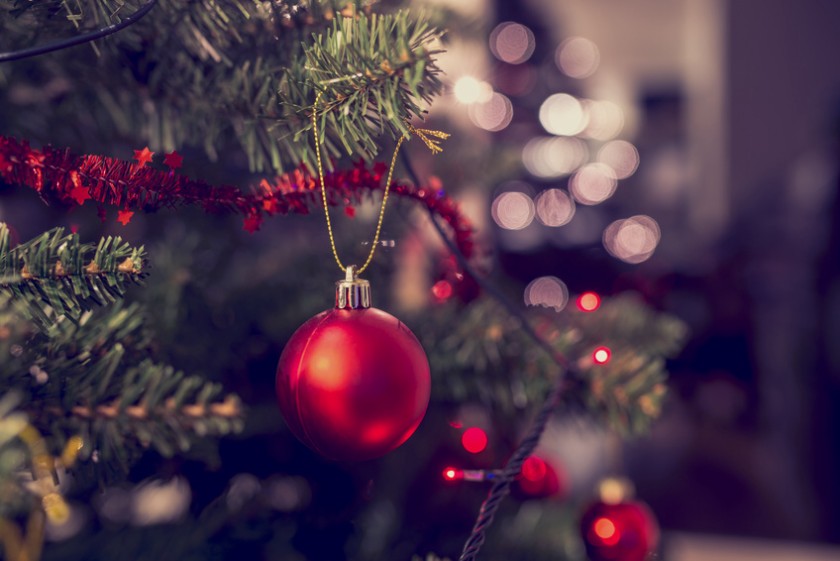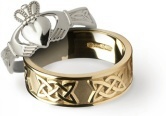Blog Categories
Blog CategoriesIrish Christmas Traditions - Where They All Began
 |
Did you know that many of the Christmas traditions as we know them today actually have Celtic and Irish roots?
In pre-Christian Ireland, the celebrations used to center around the timing of the Winter solstice – the time of year when the sun is at its lowest point above the horizon.
The ancient Celts saw this as one of the most significant times of the year and Druids, who were the priests in ancient Celtic society, took time out to celebrate the festival of Yule (also known as Alban Arthuan). It is believed by many historians that the date of Christmas was taken from the Celtic winter solstice, in cosmic symbolism as the birthday of Christ.
Mistletoe – contrary to what many believe is a more modern tradition, also has a long history in Irish Christmas traditions. It had a big part in the celebrations as it was collected ceremonially at Christmas and was thought to have magical and health giving properties. It was also thought to be a symbol of male fertility and the man was then given the right to kiss anyone that they desired that stood under it.
The Celts also burned a yule log to combat the darkness of the winter when the sun is low in the sky. Another Celtic tradition that had a basis in nature is the holly and the ivy and they were seen as important as they are evergreen and would keep evil spirits away. Wreaths of holly and ivy would be hung outside dwellings to protect the inhabitants. This tradition still carries on today with the hanging of wreaths on doors.
The beginnings of the tradition of the Christmas Tree actually stems from a pagan background. It was originally a pagan Irish celebration but nowadays the symbol of the tree has been embraced by households all over the country and all over the world. A chosen tree would be decorated with special solar symbols – the sun, moon and stars would be represented. There would be decorations to represent the souls of those who had died and there would be special gifts bestowed to Celtic gods and goddesses all central to the celebrations.
Gifting was also popular back in ancient Celtic times and this time of the winter solstice was an important one when chieftains and clans would give gifts to renew their ties and their friendships.
As you celebrate Christmas Day and the Christmas season in 2017, think back to days gone by and reflect on the fact that many of the traditions celebrated and enjoyed today have their beginnings in Celtic times. Good traditions are built to last and continue throughout the generations!
